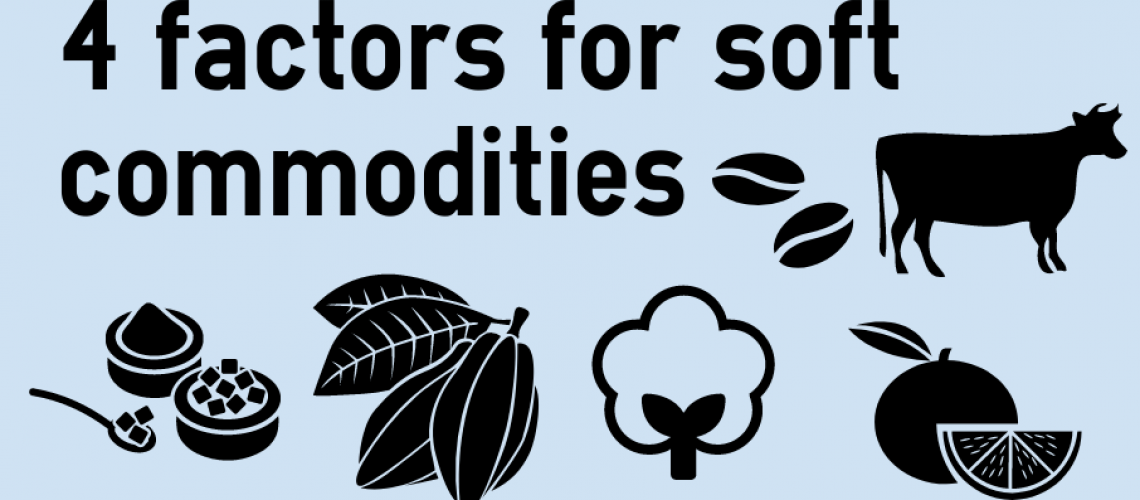4 factors physical commodity traders review before taking positions (or speculating)
In this short blog post, I’m going to show you the 4 elements that I check before taking positions on the future market. As this is the technique I currently use, I cannot illustrate or give you a specific example with regards to my employer. I think you can easily understand why :-).
Full disclosure: as of today, positions taking on the future market are a small part of my P&L. This is not what makes the bulks of my profits… by far.
First and foremost, what I don’t use: I don’t use any technical analysis tools. When I was 17yo, I fell like everyone. I learned everything, moving average, Ichimoku, price action, candle, stochastic, pivot points, etc… Spent close to a thousand dollars’ worth of books (internet was not the same at that time!) trying to find the right combination of indicators to make my way to wealth. I spent years coding and back testing strategies based on those indicators. At that time I could not understand why it was not working. It seemed within my reach!
Today, I think it’s complete bullshit OR maybe I’m just too stupid to understand. Technical tools are a representation of the past, you can stretch your representation upside-down, sideways, blue, yellow, flashy, it’s still a representation of the past. So maybe a quant could find a pattern, but I don’t – I’m a simple mind.
That being said, when I take directional bets, this is what I’m looking for.
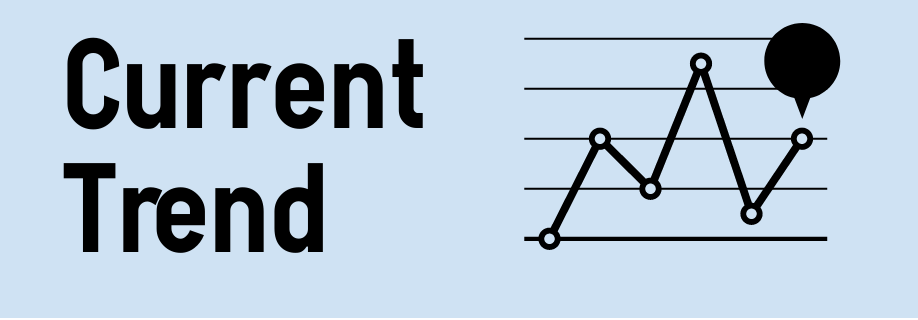
1.Trend
I need to see a current trend. That’s an easy one. I don’t trade against the trend. I don’t pick falling knives. I’m not a ninja. The trend could be weak but must have a direction on a weekly & monthly basis.
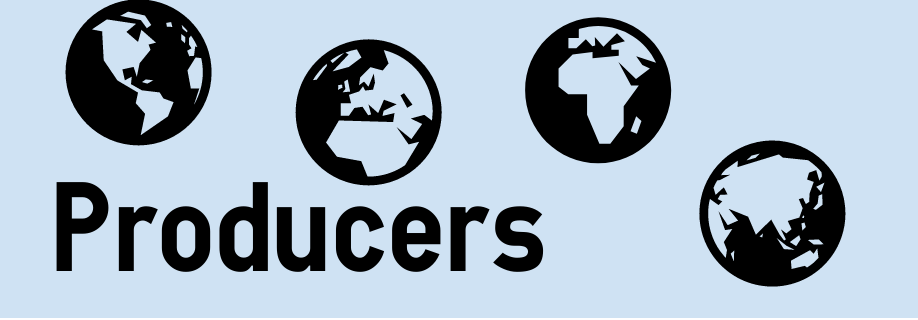
2.Supply
I need to know where producers are in their sales. By speaking with the people in charge of sales in main supply area, I try to decipher through the conversation if they are sold-out, have stocks to ship asap, size of the stock, what they think about the market, etc… By gathering this “living” data from different areas of supply, you can get a pretty good knowledge about where’s the market at. Of course, pulling that kind of information is a skill to master per se. The more you know the people, the more accurate information you get.
I also notice that the suppliers have more or less the same behavior. I don’t know if it’s the fear of doing worse than the competition or the market that psychologically push people to behave in a certain way. But they tend to hold on their stock at the same time and sell forward at the same time…!
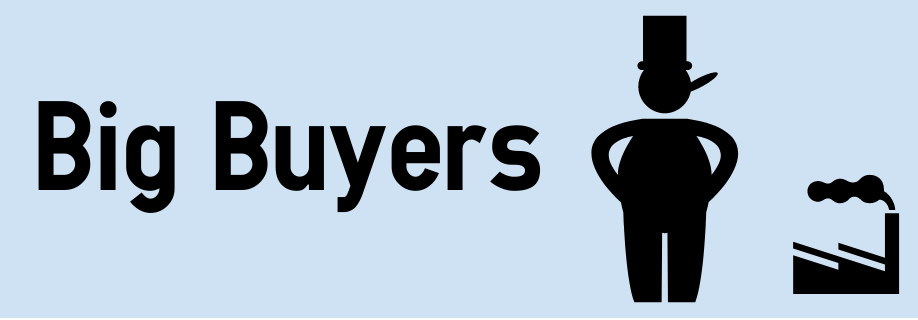
3.Demand
To identify where the demand is I use the exact same technique as for the supply. The difference is that I target mid-size buyer. Usually, they haven’t optimized their purchases and feel they are able to beat the market. In a way, they take positions by trying to guess where the market goes but as they usually enjoy better margin it’s hard to see for the executives with no knowledge of the procurement, if the team is doing a good job… or not.
Having the information of 4 to 5 purchasers of that type gives me a faire view of what is going on the demand side.
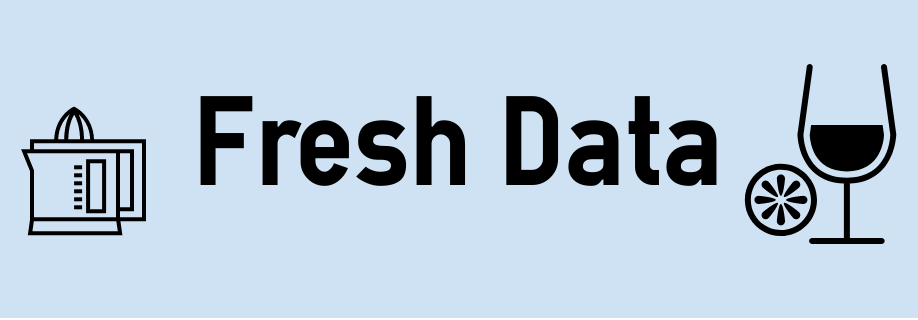
4.Data
I only check the newest data available from the production side. If it goes on my side, Greenlight! I don’t check the forecasts. That’s it. I also don’t use data about the consumption because I don’t think they are reliable in my field.
When do I enter?
Seriously, I don’t’ care. I know that a couple of big trading houses use algorithms to time the market. We do not have the resources nor the skills therefore optimizing our entry point is not a priority.
When do I cut the positions?
I don’t have a target price in mind when I jump in. The trade could vary between a couple of days to weeks, as long as the 4 factors discussed are still in line. I hold.
As you can see, it’s impossible to automatize this technique as the most important part comes from me gathering data with the suppliers and buyers. Truly speaking, I tried to rationalize it and develop a framework, but I felt short every time. The winning ratio is about 80% and I see the planets align to take a directional bet maybe once or twice per quarter max, not more.
Damien W.

